Help stop a dam on the Chehalis river
The dam would severely threaten this ecosystem and degrade critical fish and wildlife habitat, while not effectively controlling flooding.
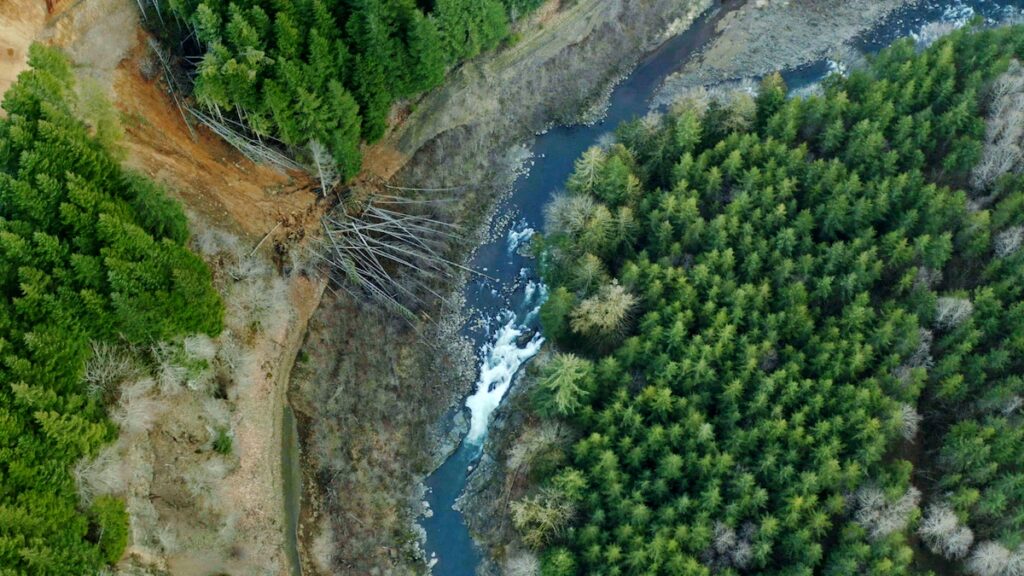
The Chehalis River Basin, located in southwest Washington, is the second largest watershed in the state. The river and its tributaries provide spawning habitat for some of the only wild salmon runs in the state that are not protected under the Endangered Species Act, for now. The Chehalis watershed is also home to The Chehalis Tribe and the Quinault Indian Nation, many vibrant small communities and some of the most productive agricultural land in the state.
Decades of development in the floodplains of the Chehalis River and long-term logging in the upper watershed, coupled with climate change, is exacerbating major flooding resulting in impacts to communities, farms and even to Interstate 5, a major north-south transportation corridor.
Unfortunately, the Chehalis Basin Flood Control Zone District is proposing to build a massive dam on the Chehalis River to control flooding. The dam would severely threaten this ecosystem and degrade critical fish and wildlife habitat, while not effectively controlling flooding. The Office of Chehalis Basin is now accepting public comments on its Draft Environmental Impact Statement (EIS) for the Chehalis River Basin Flood Damage Reduction Project.
American Rivers recognizes that flooding creates significant impacts for residents, towns, agriculture and transportation. The current and future problems from floods in the Chehalis Basin are a result of many decades of human building, land management, and transportation patterns. Two of the largest floods in the basin’s history occurred in 2007 and 2009 reigniting the need for wholistic ways to reduce flood risk. Climate change will result in more frequent and intense flooding events and larger flood damage if immediate and sweeping actions are not taken. Based on the modeling in the Draft EIS, the number of structures inundated during major flooding and catastrophic flood events by 2080 will remain incredibly high, even with the dam. And with an expected price tag of about $1 billion, this proposed dam on the Chehalis River will be a huge burden on taxpayers and deliver only minimal benefits to a small portion of the basin in return. Other places across the county have shown that flood control, habitat creation and community amenities can be integrated into the same projects and program – a good use of hard-earned taxpayer dollars. We need new out-of-the box solutions that don’t force unacceptable trade-offs for fish, wildlife and public safety.
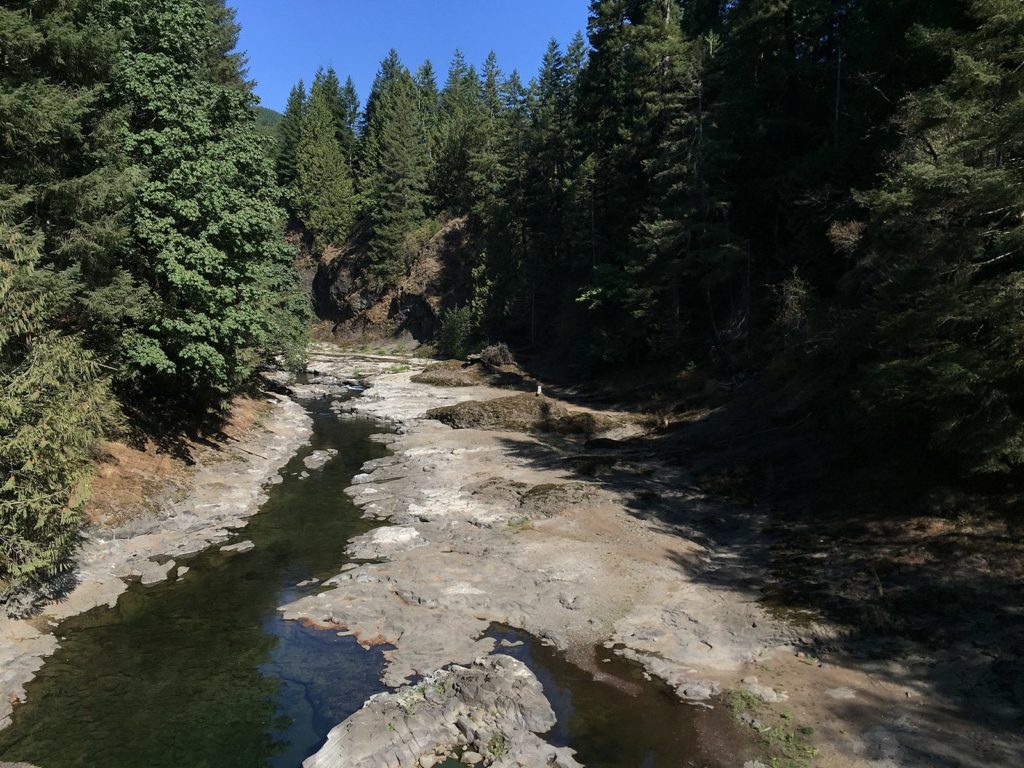
With the recent dam failure in Michigan sweeping headlines, why would we as a society choose to build a dam on the Chehalis River in a location with hillslope instability? In addition to the Edenville Dam failure in Michigan, dozens of dams failed in the Carolinas five years ago. Thousands of residents were evacuated due to the partial failure of nation’s tallest dam, Oroville Dam on the Feather River, three years ago. These disasters aren’t specific to one region, they are impacting communities nationwide.
Take action by May 27 in opposition to the proposed Chehalis Dam. Based on the Draft EIS, it is clear that the dam, if it were to be built, would push the Chehalis River’s spring Chinook population to the brink of extinction and would further decimate the basin’s struggling steelhead population. In addition, hundreds of acres of quality forest, riparian habitat, and wetlands would be destroyed. Please take a minute to protect the Chehalis River’s people and wildlife from this misguided dam proposal. Together, we can create commonsense, fiscally-sound solutions that can meet the twin challenges of flood control and restoration.
Lastly, a new film by our colleague Shane Anderson with North Fork Studios and Pacific Rivers premiered on May 17. Chehalis: A Watershed Moment eloquently tells the story of the Chehalis Basin and the critical decisions we now have to determine its future. This hour long film is available to watch on You Tube.

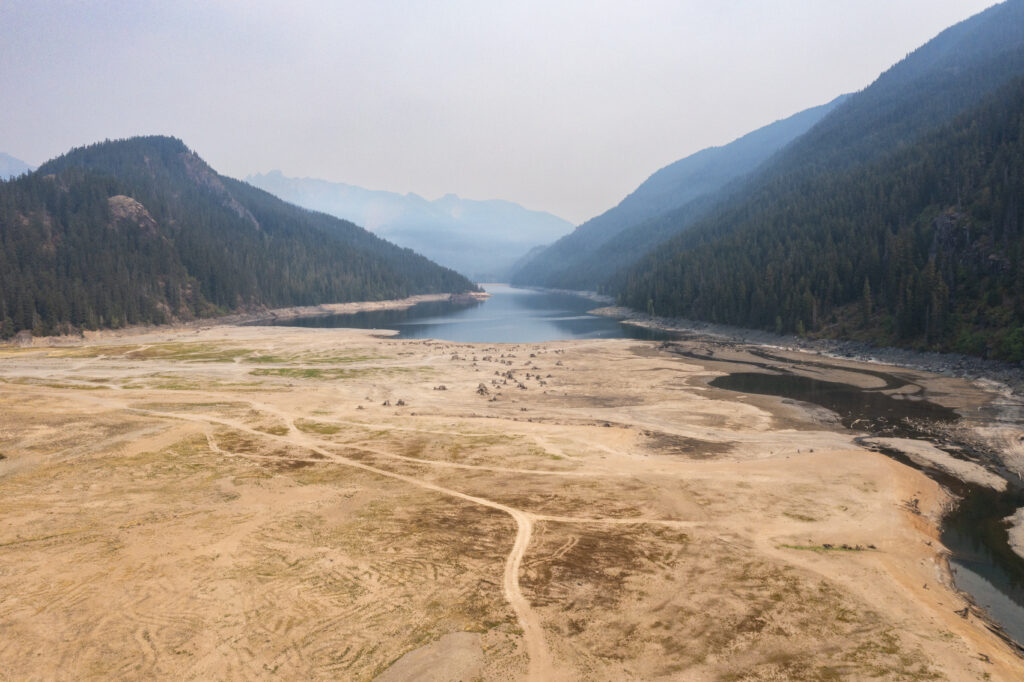
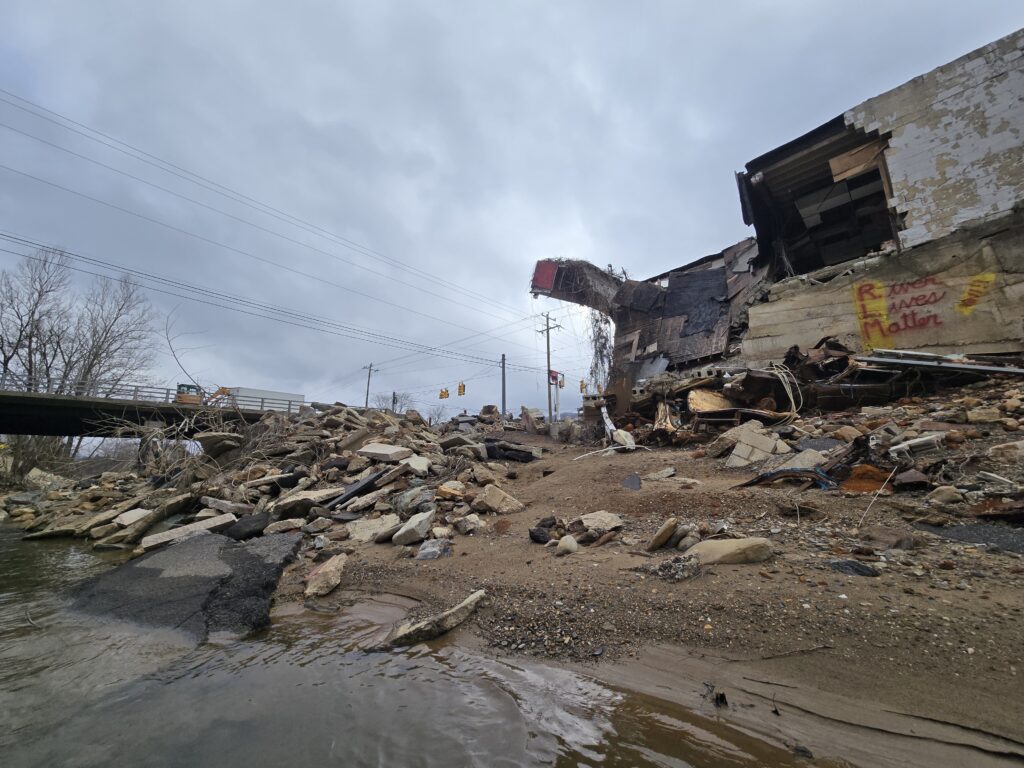
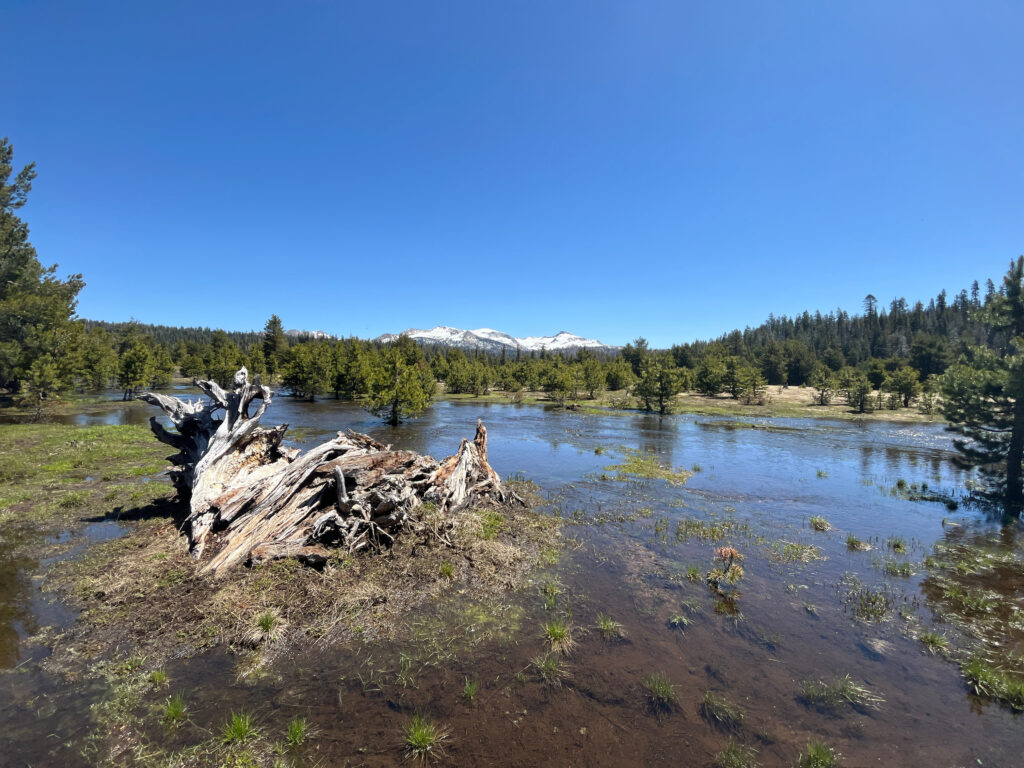
2 responses to “Help stop a dam on the Chehalis river”
A DAM IS BEING PROPOSED ON ONE OF THE GREAT RIVERS OF OUR NATION AND IS ONE OF THE FEW THAT IS STILL FREE-FLOWING. THERE MUST BE OTHER ALTERNATIVES THAT ARE BIOLOGICALLY SOUND IN STOPPING DOWNSTREAM EROSION. THIS DAM WOULD BE A CATASTROPHIC MISTAKE.
Chehalis Rvier – nice documentary but missed the oppt to suggest flood reduction by protecting the forest.
For the price of the catstrophic retention structure a great deal of forest could be protected.
The ecological impacts are devastating. We have a dam here that only fills every few years and drowns the regrowth – making a stinking ugly mess.